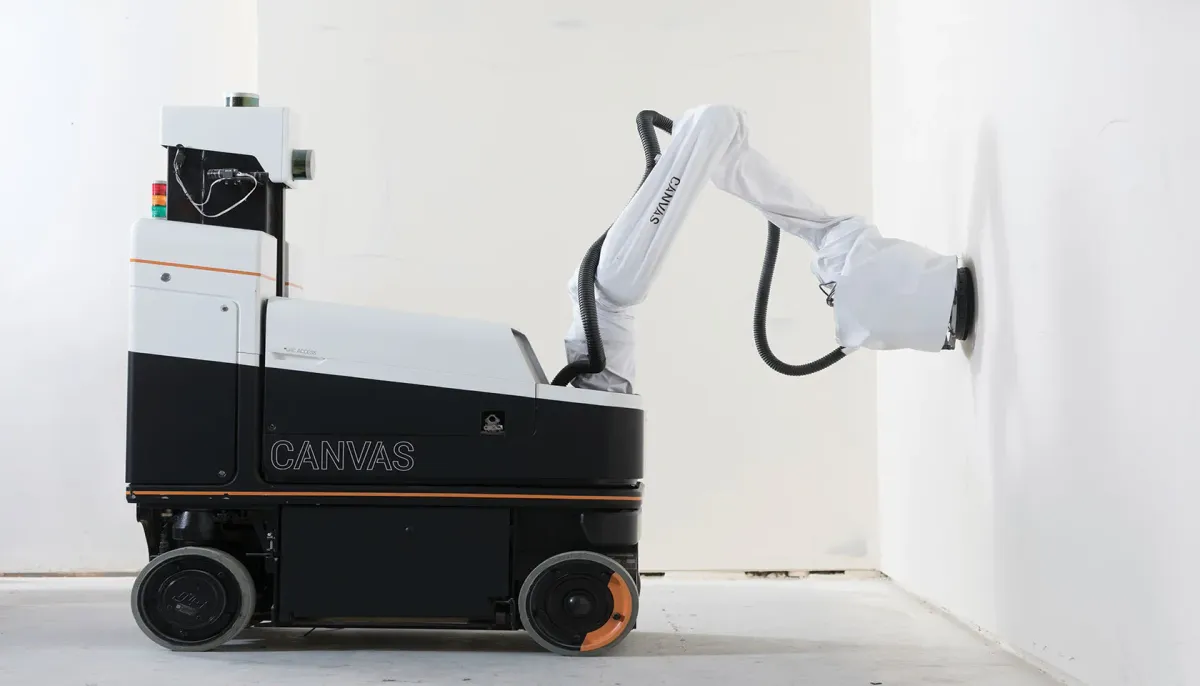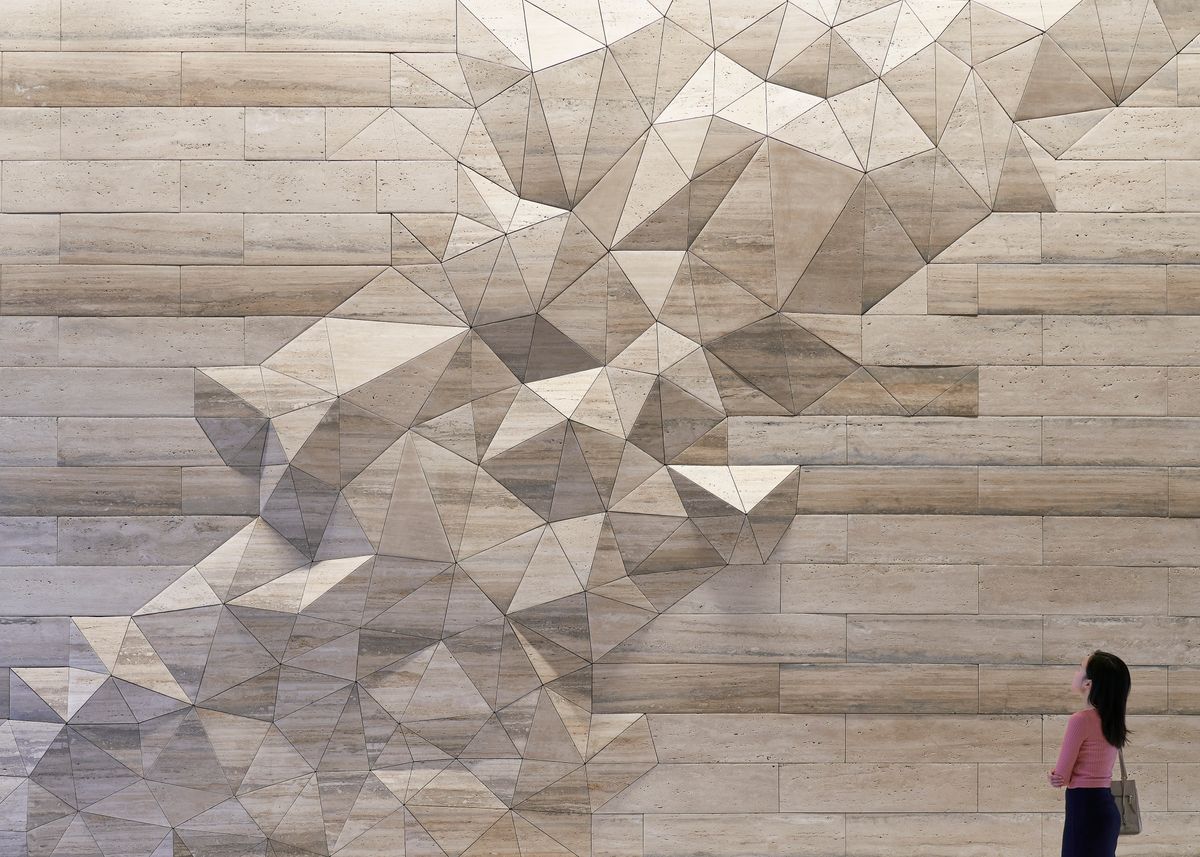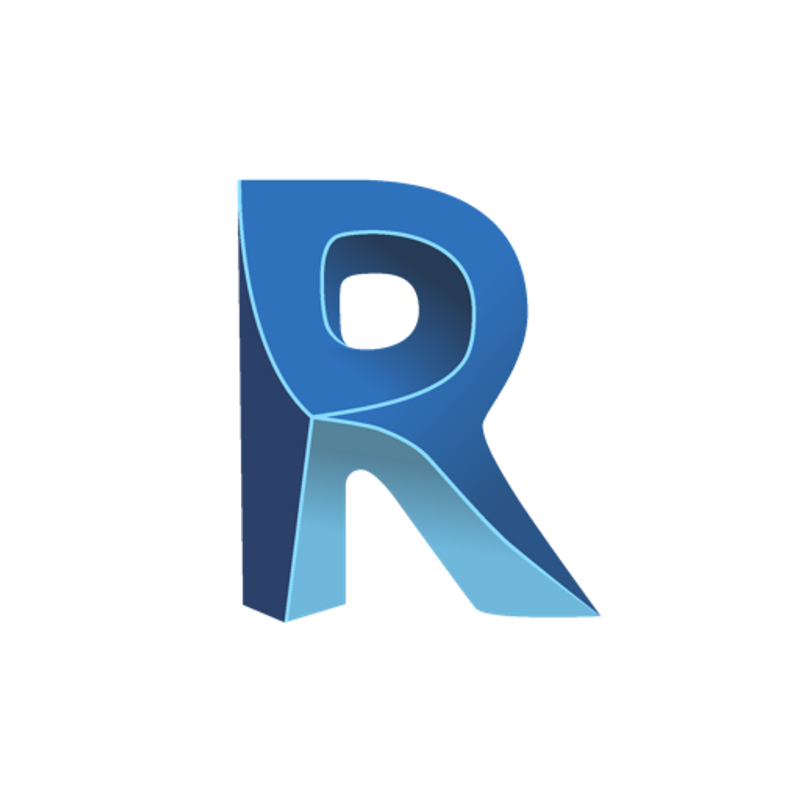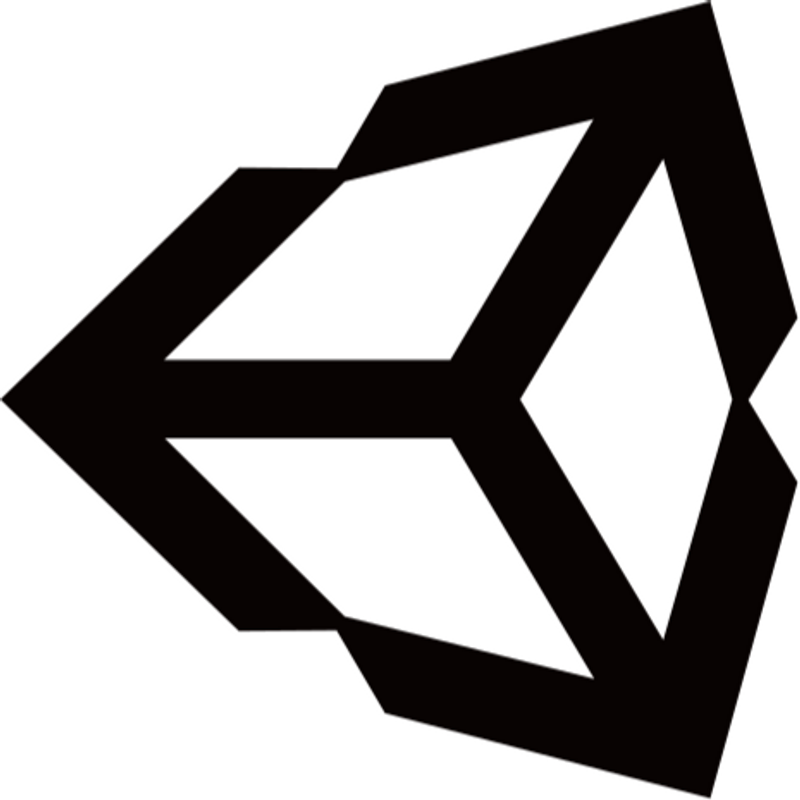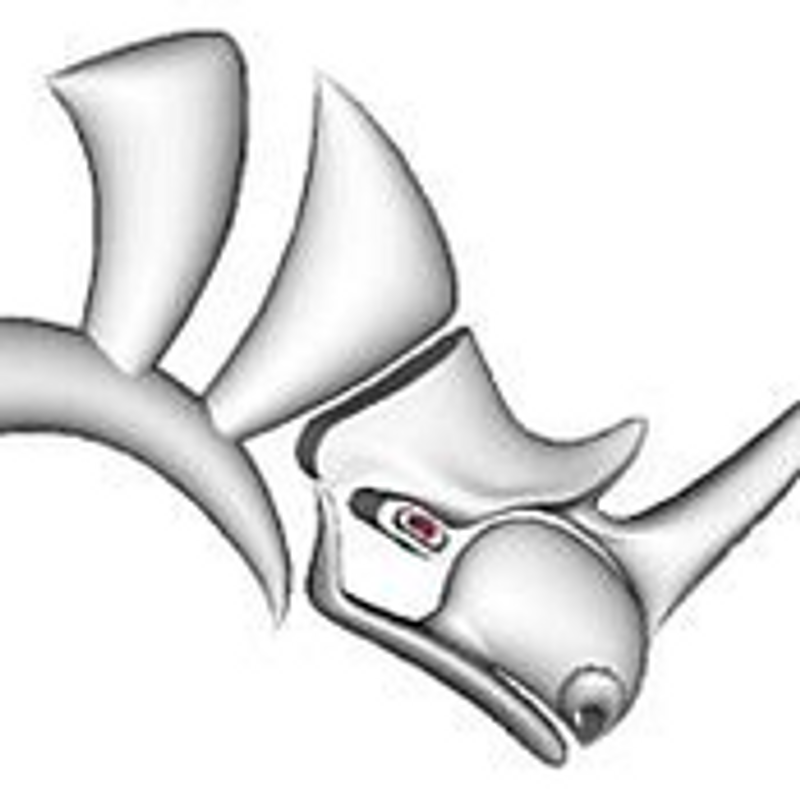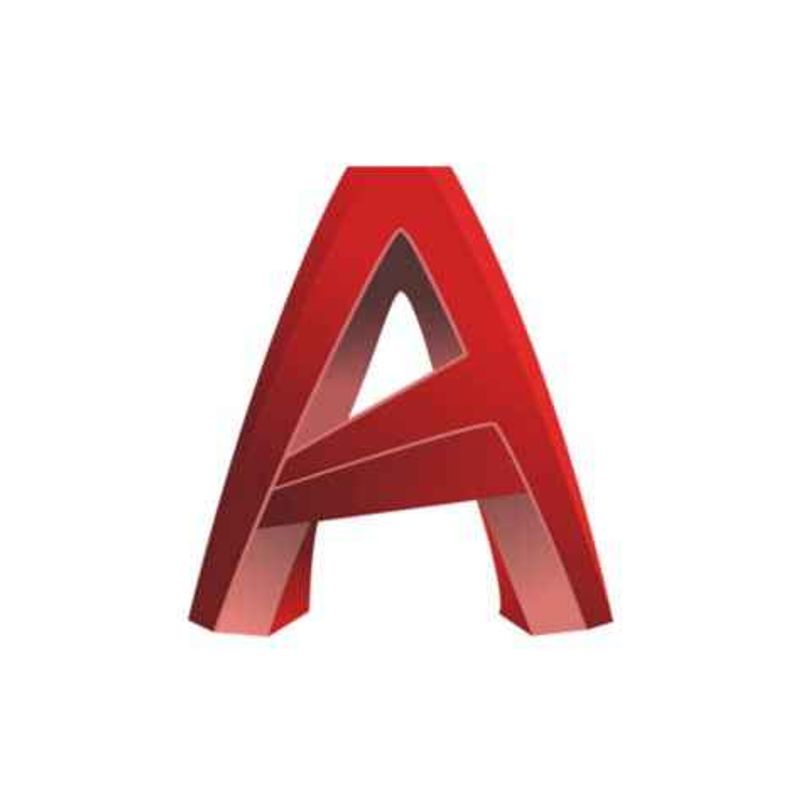How DPR Rodgers Successfully Navigated Target Value Design for Atrium Health

Case Study Description: Source: https://join.build/case-studies/dpr-rodgers-atrium/ Introduction Target Value Design (TVD), the process of designing towards a budget without sacrificing quality or extending schedules, is increasingly popular with owners. TVD works when everyone involved in a project is part of the process. It requires true collaboration, transparency, rapid estimating, and rapid decision-making. Atrium Health, a non-profit health organization based in Charlotte, North Carolina, employed TVD to build a new rehabilitation hospital and acute care bed tower at the Atrium Carolinas Medical Center (CMC) campus. Atrium awarded the $650M project to DPR Rodgers (a joint venture between DPR Construction and Rodgers Builders), NBBJ, and WSP. To manage the projects, Stantec was selected to augment Atrium’s in-house staff. Preconstruction planning for the two projects was handled separately. The team tackled the $100M rehab hospital first. From March to December 2020, approximately 30 people from multiple cluster groups collaborated towards the goal. They used their existing tools to track their project costs, budget, and timelines as they had done with other projects in the past. “Tracking decisions for the rehabilitation hospital quickly became chaotic,” said Melanie Moreschi, Preconstruction Manager for DPR Rodgers. “Due to having so many users in the same tracking log, it was too easy for files to be overwritten, causing new items to be lost or even to have two copies of the same file running simultaneously. Furthermore, it was challenging to track items affecting multiple building systems such as structure, skin, mechanical and electrical into separate project clusters.” DPR Rodgers had to ensure that the TVD process was smoother for the CMC bed tower project. They had to find an alternative — and fast.
Key Facts
View key facts for "How DPR Rodgers Successfully Navigated Target Value Design for Atrium Health".
Tools Used in the Case Study
Discover which tools and technologies were used for "How DPR Rodgers Successfully Navigated Target Value Design for Atrium Health".
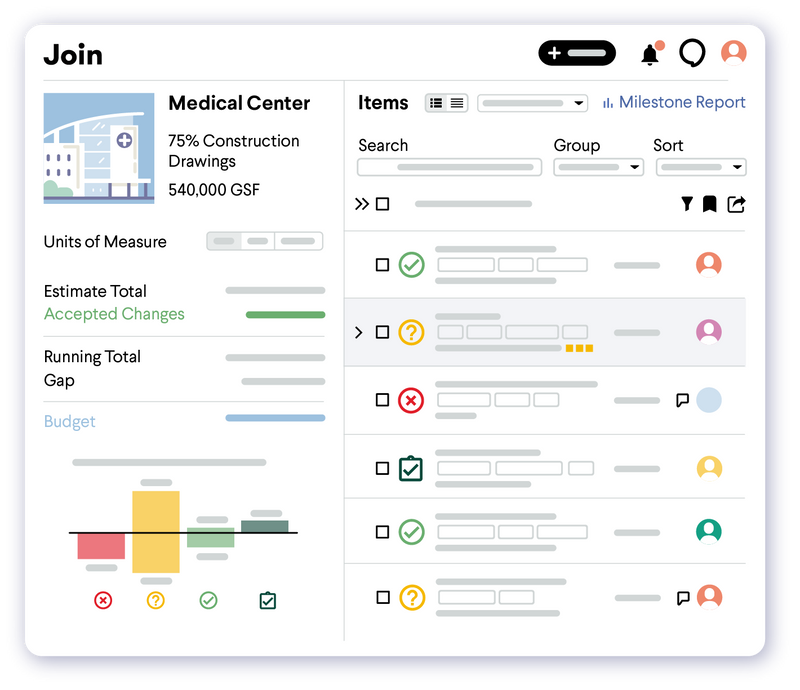
Join
Software that facilitates decision-making for all stakeholders on a construction project, with real-time insight into cost data and a visual interface
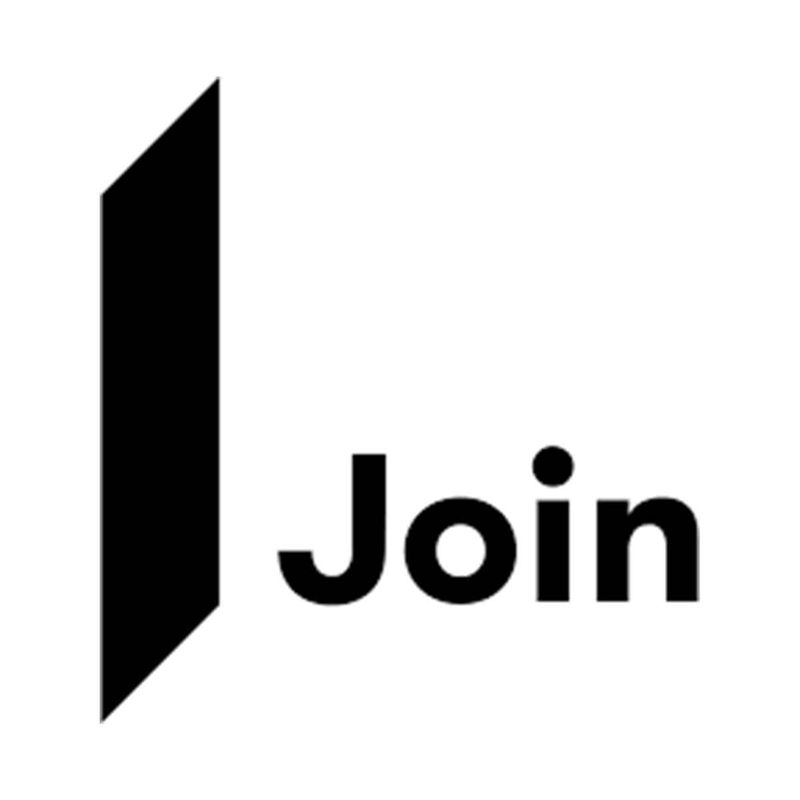
User Experience
View user experience for "How DPR Rodgers Successfully Navigated Target Value Design for Atrium Health".
Web-based Join: One Document, One “Truth” The Atrium project wasn’t Stantec’s Tyler Campbell’s first TVD project. He’s worked on several, noting that some were more in-depth than others. “What we’ve used in the past were traditional spreadsheet files, which were kind of scary at times. What I like about Join is it’s web-based. Anyone can go into it. It’s live. There’s no, ‘Hey, this is an old version’ or the formula isn’t working correctly.. The fact that Join is automated leaves very little opportunity for human error. It puts up guardrails to prevent someone like me from breaking formula links and miscalculating totals.” Tyler also liked how Join tracks decisions and creates a history. “Being able to look at the items that were rejected, incorporated, or that aren’t applicable – and why that direction was chosen is very helpful,” he said. While every decision in construction has an impact, the decisions made for a health care project such as the Bed Tower can have a domino effect. “In health care, there are so many things that are overlapping clusters, especially when you’re looking at really big-ticket items such as the skin and mechanical systems – things that are architecturally-driven that affect the system’s outcome,” said Nolan Rome of WSP Design. Join allows the different cluster groups to see the decisions and assess their impact on their cluster. It also provides for scenario planning. Tyler liked how easy it was to study a scenario that had a cost impact and communicate the findings to the rest of the team. “The team would get a reported magnitude, which we take to a higher-up to get a decision. Then we log in to Join, accept or reject that item,” he said. The history of how that decision came about is stored in Join.
Join Fosters Trust with Owner & Design Team According to Melanie, Join improved trust among the teams – between project owner and contractor, contractor and design team. The design team would create new items, upload CAD or PDF files of each option, and enter details, to which the contractor could add estimates. The owner could then see the options and their impact. Best of all, it made it easier to talk through those decisions. The architects were effectively involved in the pricing effort. “We weren’t just taking an email or sketch and running off for two weeks to work on it, and then coming back and saying, here’s the total. They could see the process,” said Melanie. Having used traditional spreadsheets for the TVD process for the Rehabilitation Hospital and Join for the Bed Tower, the Join advantage was easy to see, especially since it was the same owner and mostly the same team of designers, trade partners, etc. “With the Rehabilitation project, I felt the current working estimate value was not always up to date for the owner’s use,” said Melanie. Join provided context to every decision – who, what, when, and why – information each cluster group found valuable. “This is the first TVD project that I’ve worked on,” said Jamey Basinger of Atrium. “In the past, we did more of a traditional design-build process which is more rigid and not quite as interactive. However, I have worked with several projects and have seen different methods for tracking decision-making during construction. Compared to those, I would say that Join is very intuitive. I like how it breaks down into individual items that can be reviewed and how it sends out messages to different teammates to say, ‘hey, we put something in Join. Come check it out.'”
-
Preconstruction Communications Streamlined Join facilitates efficient communications among the cluster groups using a simple tag such as — @architect. Everyone working on an item gets a message when an action is taken. “Improved communications allowed us to make our pricing more accurate. We set up Join to allow the owner to see not just projected direct construction costs but also full indirect cost impacts,” said Melanie. (Editor’s Note: Join is permission-based, and the account owner or project lead determines what stakeholders see.) The ability to create custom sorts and tag items in Join focused the team leaders’ weekly meetings. “I could tag the top 10 items that needed attention, so even if I wasn’t in the meeting, I could send it to our project director to share with the leadership group. He could then say, ‘we have to make a decision with this structural design to avoid schedule impacts,” said Melanie. With Join, DPR Rodgers could see the origin of an item, who requested it and when, its impact on the project, and any analysis related to the item. Is it waiting on owner direction? Design information? Contractor pricing? Which items were slowing the process? DPR Rodgers tracked all this in Join. Join also made it easy to see which cluster group was making progress – who was accepting and rejecting, who was finding new ideas. Join allowed Melanie to see which team was struggling and why. Knowing who and why made it easier to bring DPR Rodgers and owner leadership together to make the necessary decisions to move the project along.
-
-
Similar Case Studies
View similar case studies to "How DPR Rodgers Successfully Navigated Target Value Design for Atrium Health".
